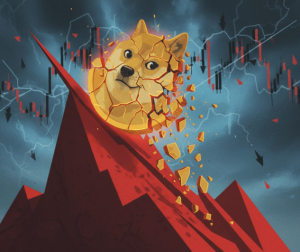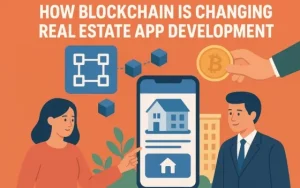Could Solana Overtake XRP by 2030? Analyzing the Long-Term Outlook

The question of whether Solana could surpass XRP in value by 2030 has gained renewed attention as both networks evolve amid shifting market conditions. Solana’s rapid ecosystem growth, expanding developer base, and traction in decentralized finance and consumer applications have positioned it as a leading high-performance blockchain. XRP, meanwhile, continues to benefit from its long-standing presence, institutional partnerships, and focus on cross-border payments despite facing regulatory hurdles in recent years. This article examines the economic, technological, and market forces that may influence the trajectories of both assets over the next decade, offering a grounded assessment for investors and industry observers.
The Competitive Landscape Between Solana and XRP
Solana and XRP occupy distinct roles within the digital asset ecosystem. Solana has emerged as a technology-driven, high-throughput blockchain known for its ability to support large-scale applications. XRP remains a utility token primarily associated with accelerating international settlements and reducing costs for financial institutions. Their differences make the comparison less about identical use cases and more about long-term market positioning and investor confidence.
Solana’s Growth Outlook Through 2030
Solana’s momentum has been driven by several key developments:
- High Transaction Capacity: Its architecture allows thousands of transactions per second with remarkably low costs, making it attractive for developers building consumer-facing applications.
- Ecosystem Expansion: Growth in areas such as gaming, tokenized assets, and DeFi has significantly increased network activity.
- Institutional Attention: Asset managers and venture funds have increasingly endorsed Solana-based projects, adding legitimacy and liquidity.
- User-Friendly Infrastructure: Faster onboarding, cheaper interactions, and a vibrant community have made Solana a preferred chain for experimentation and innovation.
If these trends continue, Solana could capture a broader slice of the market for both retail adoption and enterprise-grade solutions.
XRP’s Strategic Position and Market Stability
XRP’s strength has historically stemmed from its focus on being a bridge asset for cross-border financial settlements. Despite regulatory setbacks in recent years, it has retained:
- Institutional Partnerships: Collaboration with banks and payment providers continues to support its utility case.
- Liquidity in Global Markets: XRP remains widely traded, offering depth and stability.
- Enterprise-Focused Infrastructure: The XRP Ledger is built for efficiency, reliability, and predictable costs—features that appeal to institutions.
However, XRP’s price performance has often been sensitive to regulatory developments and slower ecosystem expansion when compared with networks like Solana, which attract broader developer participation.
Key Factors That Will Influence Future Valuations
1. Regulatory Environment
Clear regulations could advantage both assets, but XRP’s valuation is more tightly correlated with compliance outcomes. Solana’s diversified use cases reduce regulatory concentration risk.
2. Ecosystem Development
Solana’s value is tied to growth in applications, user activity, and developer engagement. XRP’s future depends more on institutional adoption and integration into settlement systems.
3. Investor Sentiment and Institutional Demand
Institutional investors have increasingly shown interest in multi-chain strategies. Solana’s rapid innovations offer upside potential, while XRP provides perceived stability.
4. Technology and Network Performance
Solana’s ability to remain stable under high throughput and its continued upgrades will be essential. XRP’s performance is consistent, but slower network evolution may limit expansion into new sectors.
Will Solana Be Worth More Than XRP by 2030?
A definitive prediction is impossible, but current trends suggest Solana has a stronger trajectory for growth-driven valuation, while XRP relies on utility-driven stability. If Solana maintains ecosystem expansion and sustains developer interest, it could potentially surpass XRP in market value by 2030. However, XRP could remain resilient if it secures deeper integration into global payment infrastructure.
In reality, both may coexist successfully, serving different functions within the digital economy.




